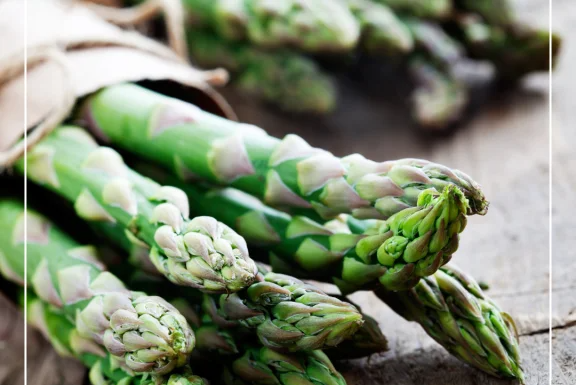Introduction: Asparagus is a perennial favorite among garden enthusiasts, known for its delicious spears and early spring harvest. Planting asparagus roots, or crowns, might seem daunting at first, but with the right guidance, you can establish a thriving patch that will produce for years to come. Here’s how to get started on your journey to growing fresh asparagus right in your backyard.
Step 1: Choose the Right Time The best time to plant asparagus crowns is in the early spring, as soon as the soil can be worked. Asparagus thrives in cooler temperatures, making early season planting ideal.
Step 2: Select a Suitable Site Asparagus needs full sun and well-drained soil. Choose a location that receives at least 6-8 hours of sunlight daily. Avoid areas where water tends to pool after heavy rains. Since asparagus is a long-term crop (it can produce for up to 20 years), ensure the site is somewhere you can dedicate to asparagus for the long haul.
Step 3: Prepare the Soil Asparagus prefers nutrient-rich, slightly alkaline soil with a pH of about 7.0 to 7.2. Prepare your garden bed by digging about 12-18 inches deep and mixing in ample amounts of organic matter like compost or well-rotted manure. This will improve the soil’s structure, drainage, and nutrient content.
Step 4: Plant the Crowns Purchase one-year-old asparagus crowns from a reputable nursery like Drummers Garden Center and Floral. Dig trenches about 6 inches deep and 12 inches wide. Place the crowns in these trenches about 18 inches apart, spreading the roots out uniformly. Cover the roots with 2-3 inches of soil. As the asparagus grows, continue to fill in the trench with soil until it is level with the rest of your garden.
Step 5: Watering and Mulching Water the newly planted asparagus well to settle the soil around the roots. Keep the area moist but not waterlogged. Mulching with straw or shredded leaves can help retain soil moisture and suppress weeds.
Step 6: Care and Maintenance During the first year, focus on allowing the plants to establish themselves. Avoid harvesting asparagus spears during this time. Keep the bed weed-free and well-watered. In subsequent years, you can start harvesting spears sparingly in early spring when they are about 6-8 inches tall.
Step 7: Fertilize Annually Each spring, apply a balanced fertilizer to encourage vigorous growth. Alternatively, a top dressing of compost can provide slow-release nutrients over the season.
Conclusion: Planting asparagus might require patience and care initially, but the payoff is tremendously rewarding. With proper preparation and maintenance, your asparagus bed will produce delicious spears each spring for decades. Stop by Drummers Garden Center and Floral for all the supplies you need and expert advice on how to start your asparagus garden today. Happy gardening!

